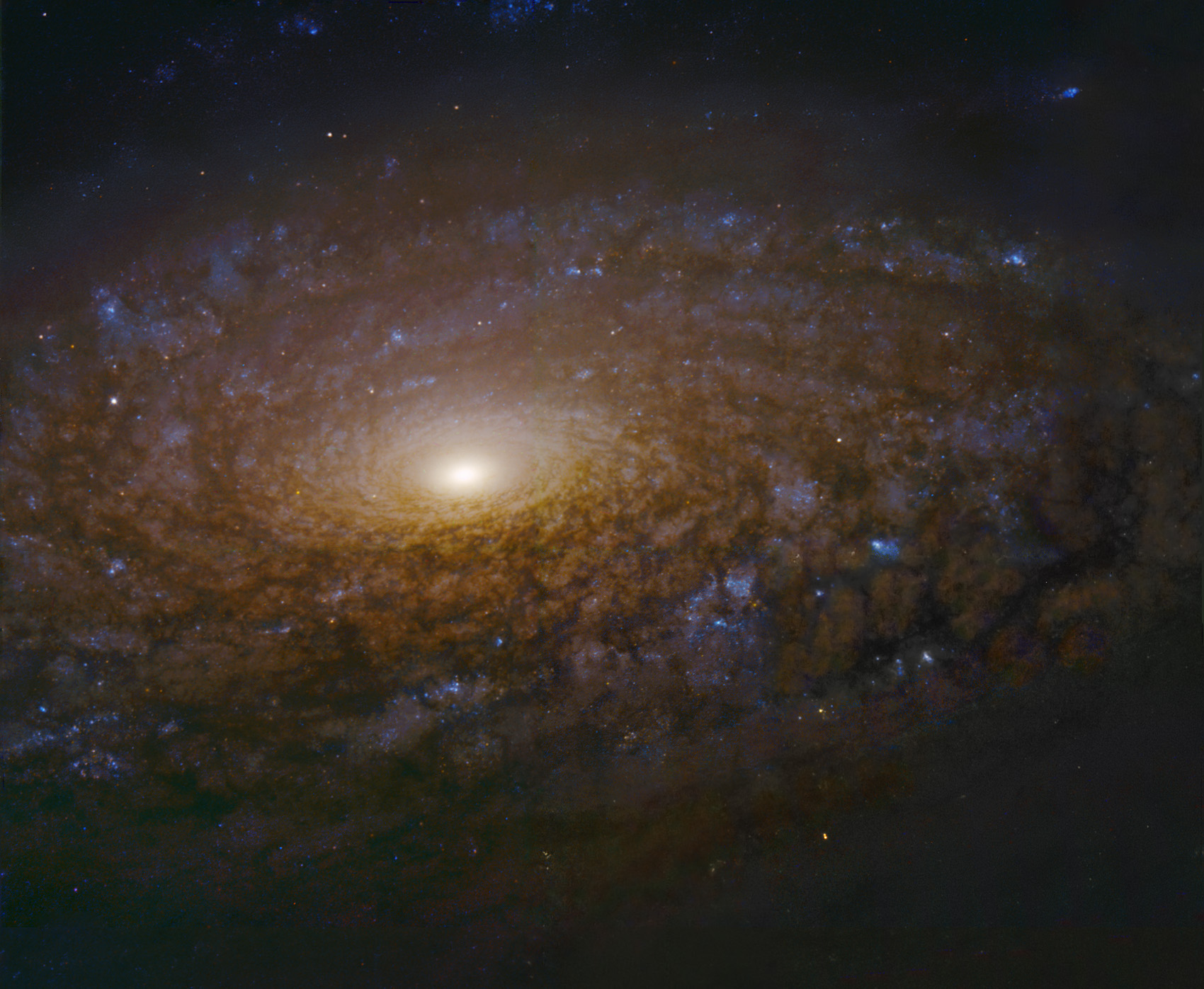Given that we haven't found a way to break through the limits of relativity, it's right where it is in all ways that matter.
For a long time I tended to imagine that there's a "right now" that somehow transcends relativity, so that I could imagine where that galaxy is "right now" (opposed to where we see it). I've come very slowly to think that there really isn't a use for such a concept, unless we leave the dimensions of this universe entirely behind...
What if, for example, we could somehow learn (but, you see, we CAN'T) that a star had exploded (was going to explode?) and was (would be) sending a gamma ray burst in our direction. Might we build a space probe that would go out far enough to erect a shield to "shade" the Earth?
And in another random thought... if someone is standing across the room from us, we can see them and they can see us, right now (whatever that means). Not so (beyond the obvious reasons) with someone light-years away. We are essentially looking through a cosmic one-way glass, it seems. We may be looking at one another, but neither can say what the other will do until the crossing is made at the speed of light.
Inasmuch as it's hard to talk to someone on a satellite link with a 1 second delay, imagine the difficulty in talking to people we might send to Mars (okay, not THAT hard to imagine, it's been shown in Sci Fi films such as Red Planet). Basically, at some point you're on your own and you just can't make a call and must use eMail.
The distance where "you're on your own" may be a few yards for physical things, and it may be a few million miles for information.
Is this proof that our imaginations, which seem unbounded by these mere laws of physics, live outside the physical reality of our universe? Food for thought. Yesterday.

-Noel
 NGC 3521 Close Up
NGC 3521 Close Up